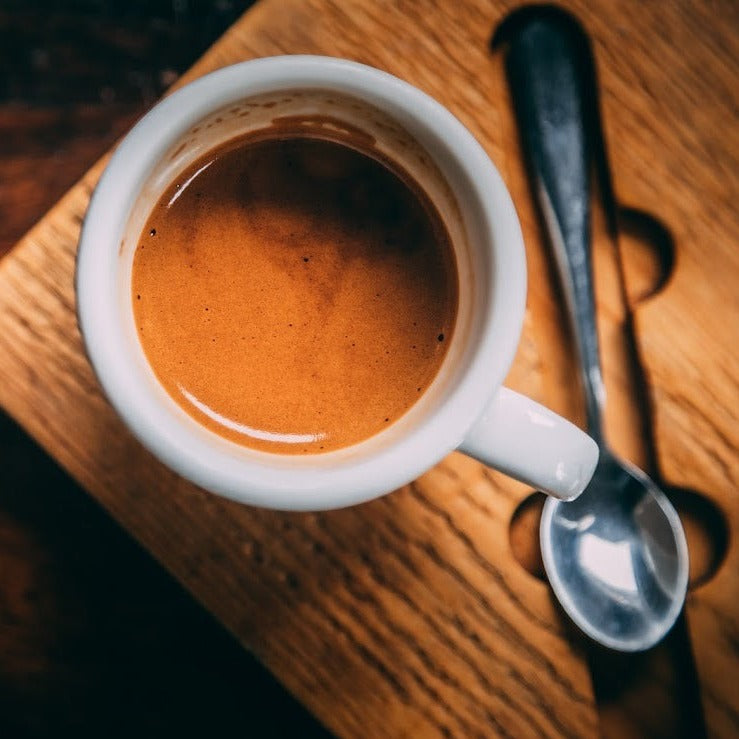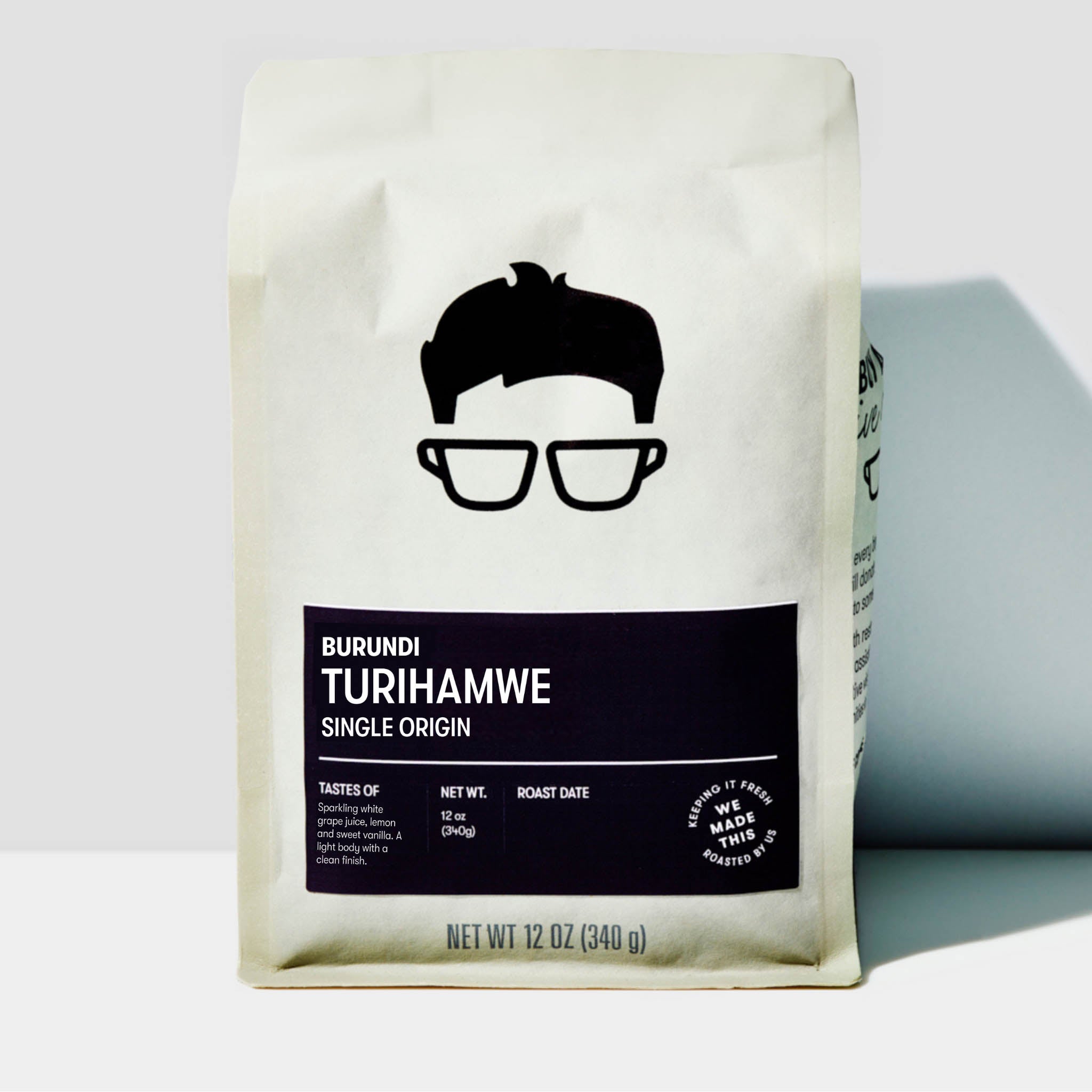Comprehending Coffee Beans: the Journey From Espresso to Blended Coffee Beans

The Beginnings of Coffee: A Worldwide Viewpoint
While you might believe of coffee as a modern staple, its origins map back centuries, linking with cultures across the globe. The tale begins in Ethiopia, where legend states a goat herdsman named Kaldi found the energizing effects of coffee beans after seeing his goats romping energetically after eating them.
As trade routes increased, coffee made its method to Europe in the 17th century, promptly getting popularity. It transformed from a magical beverage into a day-to-day ritual, intellectual exchanges and inspiring events. Each culture included its distinct twist to coffee prep work, improving its background. This global journey highlights exactly how coffee attaches us, going beyond boundaries and joining diverse traditions through a basic bean.
Growing and Harvesting of Espresso Beans
As coffee's journey evolved, the emphasis moved to the farming and harvesting of details bean selections, specifically those used for coffee. You'll discover that coffee beans often originate from Arabica or Robusta plants, each offering distinct flavors. The excellent expanding problems consist of high altitudes and rich, well-drained dirt, which improve the beans' high quality.
During the harvest, picking methods differ. In some regions, workers hand-pick ripe cherries, ensuring just the very best fruit mosts likely to processing. In other areas, mechanical harvesters are used, specifically on bigger farms. When the cherries get to peak ripeness for optimum taste., timing is vital; you want to harvest.
As soon as harvested, the beans are prepared for handling, which is vital in identifying their final preference. Comprehending the cultivation and gathering processes offers you insight into what enters into your favorite espresso, enriching your appreciation for each and every cup.
Handling Methods: From Cherry to Bean
Since you've learnt more about collecting espresso beans, allow's check out just how those cherries transform right into the coffee beans you love. You'll see exactly how various harvesting strategies effect taste, complied with by the essential actions of fermentation and drying out. We'll break down the milling and grading process that establishes your coffee's quality.
Gathering Strategies Described
When it comes to coffee, comprehending harvesting methods is crucial, because they straight impact the flavor and quality of the beans you enjoy. Selective picking involves hand-picking just ripe cherries, guaranteeing you obtain the ideal top quality beans. Inevitably, the option of gathering method can considerably affect your coffee experience, so it's worth knowing exactly how those beans made it to your mug.
Fermentation and Drying Out
After gathering, the following action in handling coffee beans play a considerable function fit their taste. You'll locate that fermentation is important, as it assists break down the mucilage bordering the beans, boosting their preference profile. Depending on the method, this procedure can last from a couple of hours to a number of days, with varying outcomes based on temperature level and humidity.
As soon as fermentation is full, drying follows, which is just as crucial. You can pick from sun-drying or mechanical drying approaches. Sun-drying enables the beans to absorb tastes from the atmosphere, while mechanical drying out guarantees consistent dampness degrees regardless of climate. Proper drying is essential to protect against mold and mildew and preserve the beans' top quality, ultimately affecting your mug of coffee.
Milling and Grading Refine
As fermentation and drying out established the stage for taste development, the milling and grading process warranties that only the very best coffee beans make it to your cup. This phase entails eliminating the outer layers of the coffee cherry, consisting of the parchment and husk. After milling, the beans are sorted by size and weight, making certain an uniform high quality. You'll locate that grading helps recognize defects and classify beans, which influences flavor and aroma. High-quality beans receive a higher grade, causing a richer coffee experience. Once graded, the beans are all set for product packaging and shipping, preserving their one-of-a-kind features. This precise procedure is crucial for providing the outstanding preference you appreciate in every sip of your favorite brew.
Roasting Strategies: Opening Taste Possible
When you roast coffee beans, the approach you pick can dramatically impact the flavor profile. Understanding the relationship between time, temperature, and roasting methods is key to revealing the potential of your mixture. Let's check out just how these aspects integrated to create the best mug.
Toasting Techniques Discussed
While you may believe that all coffee roasting methods generate the very same outcomes, the fact is that each method reveals unique taste capacities in the beans. You can select between approaches like drum roasting, air roasting, or also standard pan roasting. Drum roasting makes use of a turning drum to uniformly distribute heat, boosting caramelization and creating a balanced taste. Air roasting, on the other hand, distributes hot air around the beans, advertising a lighter roast with obvious acidity. Pan roasting permits hands-on control yet calls for continuous focus to avoid burning. Each technique has its nuances, so explore different strategies can assist you discover the ideal roast that aligns with your preference preferences. Enjoy the trip of finding your ideal mug!

Effect On Flavor Account
Different roasting methods not only influence the process however likewise considerably impact the flavor profile of the coffee beans. Dark roasts, on the various other hand, bring out vibrant, smoky tastes, sometimes masking the bean's unique qualities. Understanding these nuances aids you value the artistry behind your cup of coffee, boosting your total experience with every sip.
Time and Temperature Elements
To release the full taste possibility of coffee beans, both time and temperature level during the roasting procedure play substantial duties. When roasting, you'll find that higher temperature levels can promptly create tastes, however if you rush it, you could finish up with scorched notes. Alternatively, reduced temperature levels enable a more gradual taste growth, showcasing the beans' special features.

Timing is equally as essential; expanding the roast as well long can lead to a loss of level of acidity and brightness, while too brief a roast might leave the beans underdeveloped. Locating that sweet place requires practice and experimentation. By readjusting these elements, you can disclose the rich, complicated tastes hidden within each bean, producing an absolutely exceptional coffee experience.
The Art of Blending: Crafting One-of-a-kind Coffee Accounts

Beginning by selecting a base coffee that supplies a solid structure. Pick complementary beans to enhance particular taste notes. As an example, a bright Ethiopian bean can bring fruitiness, while a rich Brazilian coffee adds body. Experimentation is essential-- don't be terrified to readjust proportions till you find your ideal profile.
As you blend, bear in mind that each combination tells a story. You're not just making coffee; you're creating an experience. Take your time, taste often, and take pleasure in the trip of finding your signature blend - Single Origin Espresso.
Brewing Approaches: Just How Prep Work Influences Flavor
Mixing coffee opens up a domain of flavor possibilities, however exactly how you brew that mix can considerably affect your last cup. Different developing approaches remove unique flavors and aromas, so it's vital to select intelligently. A French press allows oils and debris to stay, producing a rich, robust experience. On the various other hand, a pour-over highlights the coffee's clearness and brightness, excellent for showcasing delicate notes.
Coffee, with its high pressure, generates a focused shot that accentuates sweetness and crema. If you prefer a lighter mixture, take into consideration a chilly brew method; it generates a smooth, less acidic preference.
Changing variables like water temperature, grind dimension, and brew time can transform your coffee's account. Embrace the art of developing to discover the flavors concealed in your coffee blends.
The Future of Coffee: Sustainability and Development
As the coffee sector progresses, sustainability and development are ending up being essential for resolving environmental difficulties and conference customer demands. You'll observe that even more coffee companies are embracing green practices, from sourcing beans fairly to applying sustainable farming strategies. These changes not only help the world however additionally enhance the quality of the coffee you take pleasure in.
You might see advancements like biodegradable packaging and water-saving developing methods that minimize waste. Advanced modern technology, such as blockchain, is also ending up being preferred, ensuring transparency in the supply chain, which allows you to trace your coffee back to its origins.
Additionally, investing in regional neighborhoods and supporting farmers with fair trade efforts fosters an extra lasting coffee environment. As you sip your next cup, remember that your options can add to a brighter future for coffee. By selecting lasting brand names, you're not just appreciating a drink; you're making a favorable influence on the globe.
Often Asked Concerns
What Is the Difference In Between Arabica and Robusta Beans?
Arabica beans are smoother, sweeter, and have a greater acidity, while robusta beans are more powerful, a lot more bitter, and include more high levels of caffeine. When brewing your coffee., you'll notice these differences in taste and scent.
How Does Elevation Affect Coffee Bean Taste?
Altitude influences coffee bean flavor significantly. Higher elevations generate beans with brighter acidity and complex tastes, while lower elevations commonly yield beans that are larger and less nuanced. You'll see these distinctions in your cup!
What Are the Health Perks of Drinking Coffee?
Consuming coffee can enhance your energy, boost mental emphasis, and even improve physical performance. It's rich in anti-oxidants, may decrease the danger of certain illness, and can advertise a healthier metabolic rate when consumed in small amounts.
Can Coffee Beans Be Reused for Brewing?
Yes, you can recycle coffee beans for brewing, however the taste could be weak. If you enjoy exploring, attempt reusing them in different means, like cold brews or adding to healthy smoothies for an added kick.
How Should I Store Coffee Beans for Freshness?
To maintain your coffee beans fresh, save them in an airtight container in a trendy, dark place. Prevent exposing them Single Origin Espresso to moisture, light, or warmth, as these factors can swiftly weaken their taste and fragrance.
Comprehending Coffee Beans: the Journey From Coffee to Blended Coffee Beans.
Currently that you've learned about gathering espresso beans, allow's discover just how those cherries change right into the coffee beans you love.When you roast coffee beans, the technique you choose can dramatically affect the taste account - Single Origin Espresso.While you could assume that all coffee roasting techniques produce the exact same results, the reality is that each method exposes distinct flavor capacities in the beans.Various roasting techniques not only influence the process yet additionally greatly influence the flavor profile of the coffee beans
Comments on “What Makes SOE Single Origin Espresso Different from Blends”